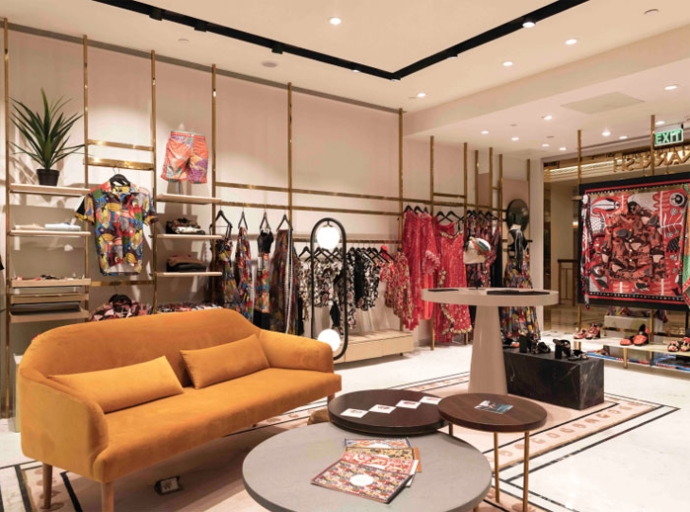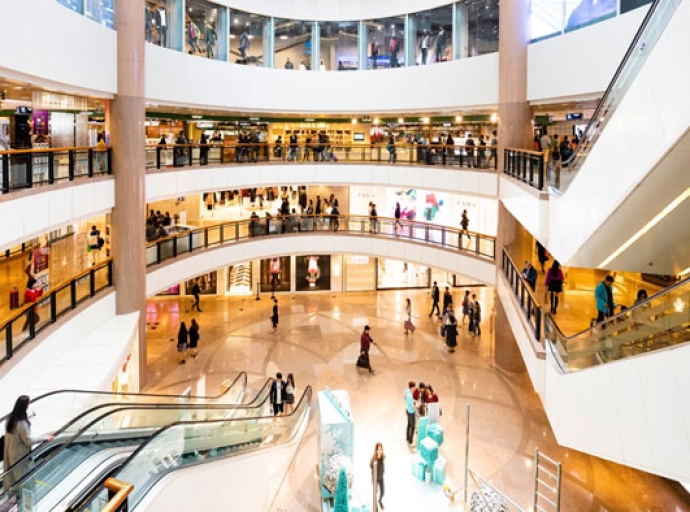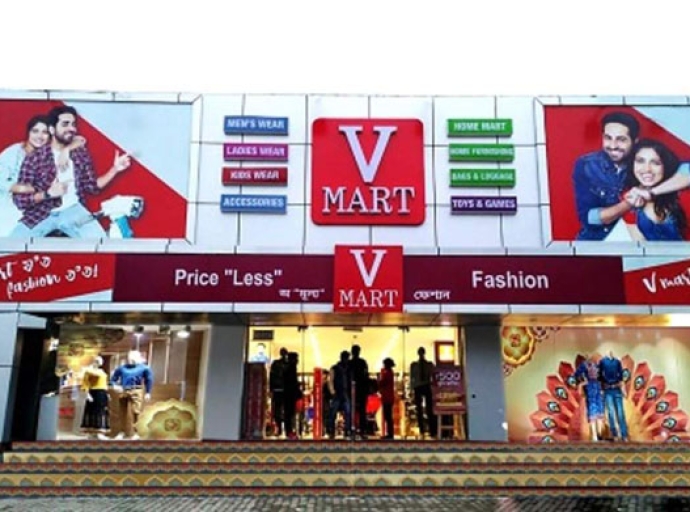10 January 2022, Mumbai:
With weekend curfews and late evening curbs severely denting business, large retailers and restaurant chains have started negotiating for rental concessions with mall operators and landlords.
Operator of Asia 7, Punjab Grill and the Arful Baker, Lite Bite Foods have written to landlords and mall owners to renegotiate rentals as around 75 per cent of their business has been impacted by the curbs, says Rohit Aggarwal, Director. The company expects business to remain impacted all through January to March.
Similarly, apparel retailers like Benetton, Jack & Jones-retailer Bestseller Retail, Vero Moda, Only, ethnic retailer Biba and Forever New have also begun to negotiate with landlords and mall owners for rental concessions as footfalls at malls in Delhi-NCR have reduced to half.
Finding the right solution
These retailers now plan to approach their landlords and find a right solution, says Siddharth Bindra, Managing Directors, Biba.
They are confident of landlords taking a proactive view of the situation. Kabir Suri, Cofounder, Azure Hospitality, Pratik Pota, CEO, Jubliant FoodWorks and Sagar Daryani, Co-Founder, Wow!Momo, recently drew their landlord’s attention to ‘commercial concerns’ caused by Omicron-led third wave.
They sought complete wavier or rentals, common area maintenance in case of complete shutdown, revenue sharing during restricted operations and rent waivers for three months post reopening of businesses.
Landlords ready to negotiate
Meanwhile, mall executives and landlords have sought one week from retailers before they could commit to these concessions. As these retailers have not yet generated rental bills for January, they were ready for negotiations with retailers, adds Harsh Bansal Head, Unity Group that operates four malls in Delhi.
With cinema halls closed and shops open only on odd-even basis in Delhi, footfalls have reduced by almost 40 per cent. Though retailers will definitely get some concessions, their nature is yet to be decided, adds Abhishek Bansal, Director, Pacific Group.
No rents in case of store closures
Many large retailers such as Reliance Retail and Aditya Birla Fashion incorporated a clause in their annual contract after the second COVID-10 wave that they will not pay rents or pay only in proportion to their actual businesses, if the government passes orders for store and mall closures.
However, many of these concessions are not binding to the parties as no one predicted the third wave in India despite such a strong vaccination drive, says Zorawar Kalra, Managing Director, Massive Restaurants, which operates Masala Library and Farzi Cafe, among others.
Dear Reader, we at DFU Publications are committed to providing the latest news updates on trade development and insights, to keep our readers informed. Stay tuned. Subscribe to our newsletter.
DAILY NEWS:
Return to homepage



_thumbnail.jpg)
_thumbnail.jpg)
_thumbnail.jpeg)

-suspension-of-deal-with-Future-Group-(FRL)_thumbnail.jpg)

,-write-to-Textile-Ministry-demanding-reduced-yarn-price_thumbnail.jpg)


_thumbnail.jpeg)





























